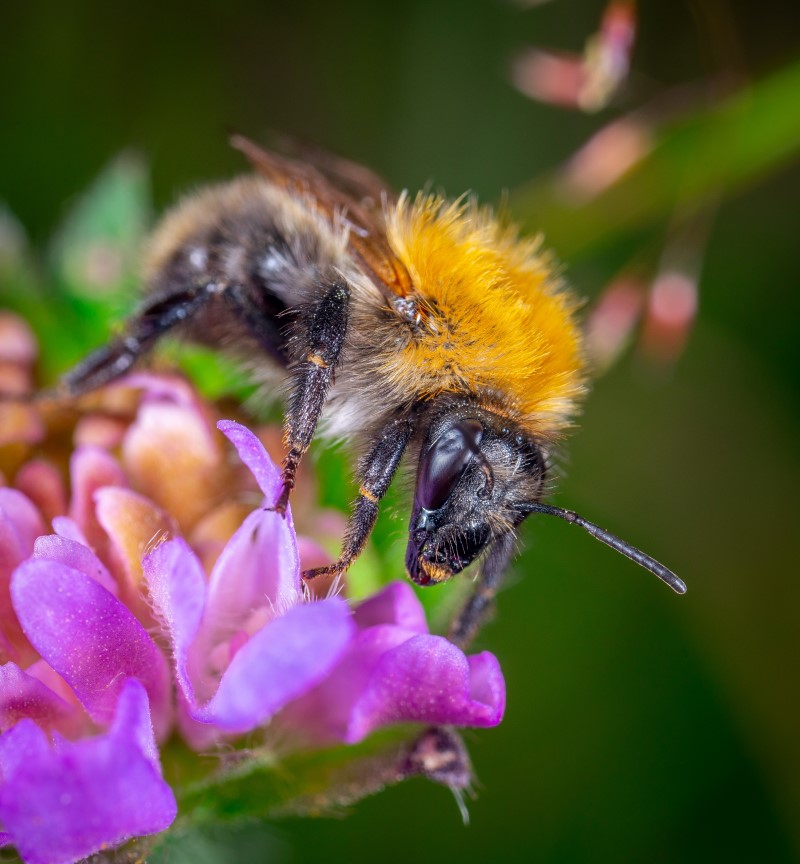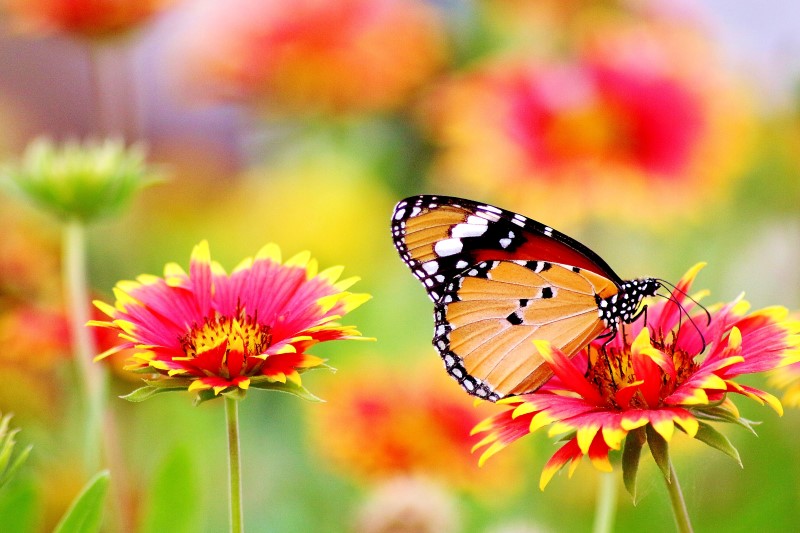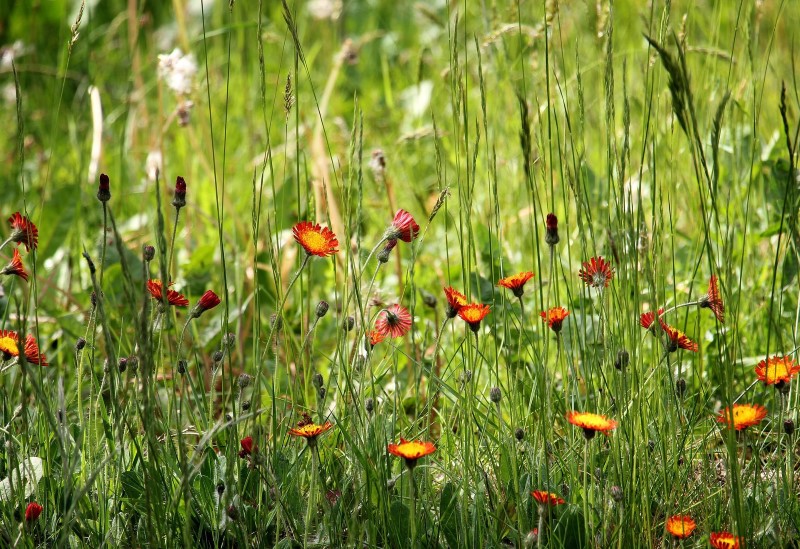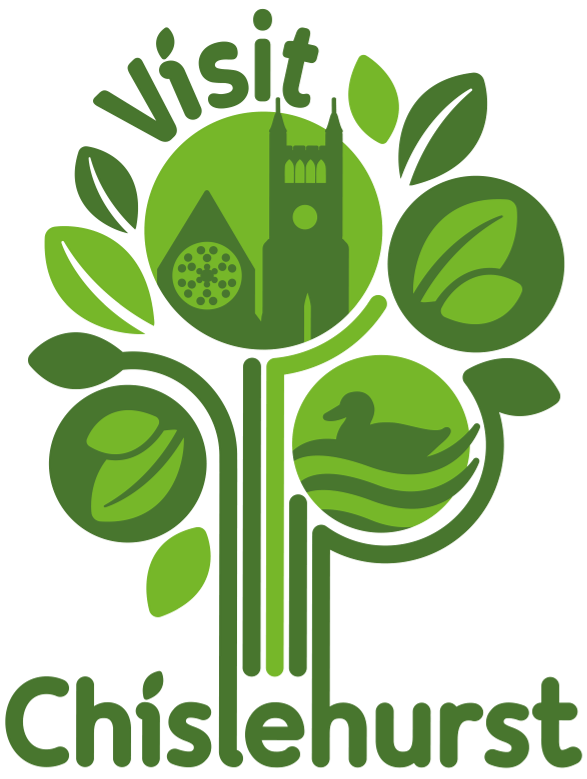How to save the bees (and other pollinators) this summer

Aah, summer. Even if you’re stuck inside at your desk right now, we bet if you close your eyes you can picture it: reclining on your sun lounger in the garden, book in hand, the soft, lazy drone of a bumble bee passing by… or perhaps not. Because sadly, bees and other pollinators have been on the decline over the past 50 years, and this is not great news for any of us. We spoke with Garden Aspect, Chislehurst’s bespoke garden design and landscaping experts, about why pollinators are so important and what you can do to help them…
Why do we need pollinators?
Bees and other pollinators (which include butterflies, hoverflies, moths, beetles, wasps and flies) are vital for food production, as they help to pollinate food crops (amazingly, The Wildlife Trusts estimates that these insects pollinate a whopping £690 million worth of food crops annually in the UK). But that’s not all: these insects are also responsible for the pollination of other plants and wildflowers, which provide homes for a huge variety of wildlife, and help keep our wild spaces and countryside looking (and smelling) beautiful.
Why are pollinators in decline?
Worryingly, we’ve already lost 13 species of bee in the UK and a further 35 species are currently under threat of extinction. There are several factors that are contributing to their rapid decline. These including the intensification of farming, which means loss of habitat and increased use of pesticides; climate change; increased urbanisation; and disease.
How to make your garden insect friendly
While saving the bees might seem like a pretty monumental and daunting task, we as individuals can take some important steps to help. With The Wildlife Trusts estimating that there are 24 million gardens in the UK, just think how much we could influence the outside world for bees and other pollinators if we all made our gardens more insect friendly! Here are some simple ideas you can try if you’d like to help save the bees this summer…


> Plant bee-friendly plants
To make your garden as bee-friendly as possible, it’s important to provide a variety of nectar-rich flowers for them across spring, summer and autumn. If you can, fill your pots, beds and borders with shrubs and plants that flower at different times of year, so that the pollinators get a non-stop buffet throughout the seasons! Great bee-friendly spring plants include primroses, bluebells, forget-me-nots and aubretia. In summer, plant lavender, honeysuckle, hebe, buddleia and red valerian, while in winter you could try ivy and Michaelmas daisies.
> Create a shelter for bees
While you might think of all bees as living in hives, this isn’t actually true. Other than bumblebees and honey bees, most bees are solitary, which means the females need to find nesting sites. Make this a little easier for them by building a bug and bee hotel in your back garden! There are lots of tips and ideas of how to do this online.
> Don’t be too quick to pull up early weeds!
Remember, many ‘weeds’ that pop up in early spring are actually food for pollinators, so don’t be too quick to pull them up. Dandelions, especially, are an important food source for pollinators, and while many garden owners curse their appearance in their lawns and beds, they serve an important purpose. If you’re itching to be rid of them, just remember, in his book The Lost Words, poet Robert Macfarlane describes the dandelion as a “little sun-of-the-grass”. And when you put it like that, perhaps we can learn to love them, after all!
> Stop using pesticides
This is such an important one. Avoiding pesticide use in your garden is key in the fight to save the bees. Because here’s the thing: pesticides are not selective. Even if you use them to kill, say, aphids, other insects, including pollinators, are also going to be killed if they come into contact with the chemicals. It’s also important to remember that the ‘pests’ you’re trying to get rid of are part of the wider food cycle: kill them off and you’re depriving other wildlife, including bats, frogs, birds and hedgehogs, of a vital food source. Instead of chemicals, you could try to encourage natural predators into your garden, by building bug hotels that will attract beetles or digging a pond to attract frogs and toads (bye bye slugs!).
> Let an area of your garden grow wild
Leaving an area of your garden or lawn to grow wild offers additional food for pollinators, as you will often see wildflowers appear, including oxeye daisies and white clover. The longer grass also offers shelter for bees and pollinators, as well as potential nesting sites for some species.
> Help a bee in need
If you see a bee on your patio or in your garden that isn’t moving much, there are things you can do to help. First, though, keep an eye on it: is it just taking a rest? Bees sometimes take breaks of up to 30 minutes, so they might just be putting their feet up, so to speak. If you think it’s distressed, you can offer it some sugar water: simply mix two parts white sugar to one part water, and leave the solution near the bee on the spoon. Don’t leave out sugar water for bees habitually, as this may stop them from heading to the plants for nectar, but you could leave out a little dish of water, as bees do get thirsty.
> Get support to build your bee-friendly habitat!
If you’d like to make your garden more pollinator friendly while maintaining a stylish aesthetic, but you’re not sure where to start, don’t hesitate to contact Garden Aspect for some friendly, expert advice and fresh ideas.Garden Aspect has showrooms in Chislehurst and Belsize Park.
To chat to one of our team members, call Garden Aspect on 020 4537 3083, email hello@gardenaspect.co.uk, or pop into the high street showroom (57 Chislehurst High Street, Chislehurst, BR7 5AF).
